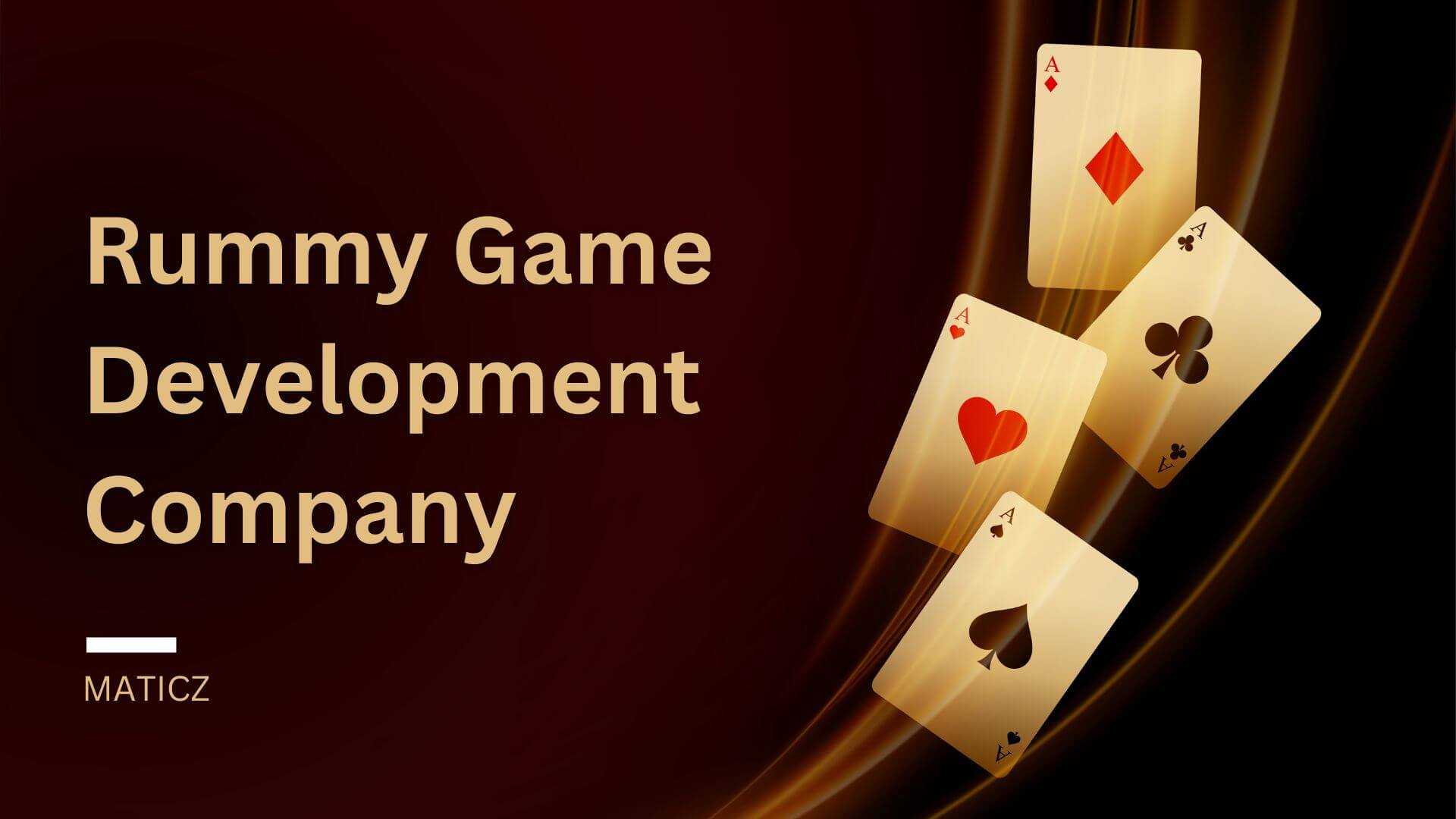How does cyber fraud differ when done by a lone actor vs. someone hired by an organization or government?
The nature of cyber fraud changes significantly depending on whether it's executed by a lone actor or as part of a larger organization or even sponsored by a government.
The key differences lie in scale, sophistication, resources, motivation, targeting, and legal implications.
1. Lone Actor Cyber Fraud
Characteristics:
Motivation: Primarily personal financial gain (greed), thrill-seeking, ego, curiosity, or sometimes revenge against a specific entity. Rarely ideological or political in a broader sense.
Scale: Typically smaller in scale and impact. Attacks might target individuals or small businesses. Losses per incident are generally lower, though cumulative losses can add up.
Sophistication: Varies widely.
Lower End: Often relies on readily available tools, leaked credentials, or basic social engineering (e.g., mass phishing campaigns using templates, simple online shopping scams, basic romance scams). May use "script kiddie" techniques.
Higher End: A lone actor could be highly skilled and capable of exploiting zero-day vulnerabilities or developing custom malware, but this is less common for pure fraud and more for hacking/espionage.
Resources: Limited to personal funds, skills, and tools. They lack the dedicated infrastructure, development teams, or financial backing of larger groups.
Targets: Often opportunistic. They might cast a wide net (mass phishing) or target individuals they can easily manipulate (e.g., through romance scams where they find vulnerable individuals).
Operational Security (OpSec): Can be inconsistent. Lone actors might make mistakes in their OpSec that lead to their identification and capture, but they also have fewer communication channels to compromise.
Money Laundering: Less sophisticated; might rely on direct transfers, basic crypto mixers, or using money mules without complex laundering networks.
Legal Implications: If caught, they face individual criminal charges, typically at the national level.
Examples: An individual running a series of fake online stores, a lone scammer executing romance fraud, or someone using stolen credit card numbers from a breach to make online purchases.
2. Organized Cybercrime (Hired by a "Cybercrime Organization")
Characteristics:
Motivation: Overwhelmingly financial gain, but on a massive, institutionalized scale. Organized crime groups operate cyber fraud as a business, often diversifying into various illicit activities.
Scale: Large-scale and systematic. They can launch highly effective and widespread campaigns, impacting thousands or millions of victims and causing billions in financial losses (e.g., large-scale ransomware operations, global BEC rings).
Sophistication: High. These groups often resemble legitimate businesses, with specialized roles:
Developers: Create custom malware, phishing kits, and exploit tools.
Penetration Testers: Identify vulnerabilities in target systems.
Social Engineers: Craft highly convincing lures and scripts.
Negotiators: Handle ransom demands.
Money Launderers: Establish complex networks to obscure illicit funds.
Recruiters: Find new talent and money mules.
Resources: Significant. They have budgets for R&D, infrastructure (bulletproof hosting, botnets), talent acquisition, and sophisticated money laundering operations. They leverage "cybercrime-as-a-service" models.
Targets: Strategic and varied. Can target specific industries, geographies, or types of victims that promise the highest returns. They often conduct extensive reconnaissance.
Operational Security (OpSec): Generally very high. They use advanced anonymization techniques, encrypted communications, and constantly adapt their tactics to evade detection.
Money Laundering: Highly sophisticated, often involving layers of cryptocurrency transactions, shell companies, international transfers, and professional money mules.
Legal Implications: Face charges related to organized crime, racketeering, money laundering, and international conspiracy, often leading to longer sentences and complex international law enforcement efforts.
Examples: Major ransomware groups (like those behind Conti, LockBit), large BEC syndicates, or sophisticated dark web marketplaces for stolen data.
3. State-Sponsored Cyber Fraud (Hired by a Government)
Characteristics:
Motivation: Primarily geopolitical, strategic, or economic advantage for the state, rather than direct individual financial gain for the operator (though operators may be well-compensated). This includes:
Economic Espionage: Stealing intellectual property, trade secrets, and proprietary data to boost national industries or military capabilities. This is a form of fraud/theft on a national scale.
Funding Operations: Some states use cyber fraud (e.g., bank heists, cryptocurrency theft) to generate revenue to fund other illicit state activities or circumvent sanctions.
Destabilization/Disruption: Pre-positioning in critical infrastructure to cause economic disruption during conflict.
Scale: Can be massive, targeting entire industries, critical infrastructure networks, or key government agencies globally. Impact is often strategic and long-term.
Sophistication: Highest. These actors (often referred to as Advanced Persistent Threats - APTs) are well-funded, have access to top-tier talent (sometimes including former military/intelligence personnel), utilize zero-day exploits, develop custom tools, and employ highly advanced tradecraft to remain undetected for extended periods.
Resources: Virtually unlimited state resources – intelligence agencies, military units, research institutions, and sometimes "patriotic hackers" or outsourced criminal groups (with plausible deniability).
Targets: Highly specific and strategic targets related to national interests – defense contractors, critical infrastructure, government networks, research facilities, or companies holding valuable intellectual property.
Operational Security (OpSec): Extremely high and meticulously planned to ensure deniability and long-term persistence. They may conduct extensive reconnaissance over months or years before an attack.
Money Laundering: If financial gain is a motive, it's integrated into larger state-level financial mechanisms, often involving sanctioned entities or complex international money flows.
Legal Implications: Attribution is difficult and often becomes a geopolitical issue. Consequences typically involve diplomatic pressure, sanctions against the state or specific entities, or targeted law enforcement actions against attributed individuals.
Examples: Groups like China's APTs (e.g., for IP theft), North Korea's Lazarus Group (for bank heists to fund nuclear programs), or certain Russian state-aligned groups (for influence operations or pre-positioning in critical infrastructure).
In essence: A lone actor commits fraud for personal benefit, usually with limited reach. An organized crime group operates fraud as a scalable, structured criminal enterprise. A government uses cyber fraud as a tool of statecraft, prioritizing national strategic goals over individual profit. The latter two categories represent a significantly greater threat due to their resources, sophistication, and potential for widespread, systemic impact.
How does cyber fraud differ when done by a lone actor vs. someone hired by an organization or government?
The nature of cyber fraud changes significantly depending on whether it's executed by a lone actor or as part of a larger organization or even sponsored by a government.
The key differences lie in scale, sophistication, resources, motivation, targeting, and legal implications.
1. Lone Actor Cyber Fraud
Characteristics:
Motivation: Primarily personal financial gain (greed), thrill-seeking, ego, curiosity, or sometimes revenge against a specific entity. Rarely ideological or political in a broader sense.
Scale: Typically smaller in scale and impact. Attacks might target individuals or small businesses. Losses per incident are generally lower, though cumulative losses can add up.
Sophistication: Varies widely.
Lower End: Often relies on readily available tools, leaked credentials, or basic social engineering (e.g., mass phishing campaigns using templates, simple online shopping scams, basic romance scams). May use "script kiddie" techniques.
Higher End: A lone actor could be highly skilled and capable of exploiting zero-day vulnerabilities or developing custom malware, but this is less common for pure fraud and more for hacking/espionage.
Resources: Limited to personal funds, skills, and tools. They lack the dedicated infrastructure, development teams, or financial backing of larger groups.
Targets: Often opportunistic. They might cast a wide net (mass phishing) or target individuals they can easily manipulate (e.g., through romance scams where they find vulnerable individuals).
Operational Security (OpSec): Can be inconsistent. Lone actors might make mistakes in their OpSec that lead to their identification and capture, but they also have fewer communication channels to compromise.
Money Laundering: Less sophisticated; might rely on direct transfers, basic crypto mixers, or using money mules without complex laundering networks.
Legal Implications: If caught, they face individual criminal charges, typically at the national level.
Examples: An individual running a series of fake online stores, a lone scammer executing romance fraud, or someone using stolen credit card numbers from a breach to make online purchases.
2. Organized Cybercrime (Hired by a "Cybercrime Organization")
Characteristics:
Motivation: Overwhelmingly financial gain, but on a massive, institutionalized scale. Organized crime groups operate cyber fraud as a business, often diversifying into various illicit activities.
Scale: Large-scale and systematic. They can launch highly effective and widespread campaigns, impacting thousands or millions of victims and causing billions in financial losses (e.g., large-scale ransomware operations, global BEC rings).
Sophistication: High. These groups often resemble legitimate businesses, with specialized roles:
Developers: Create custom malware, phishing kits, and exploit tools.
Penetration Testers: Identify vulnerabilities in target systems.
Social Engineers: Craft highly convincing lures and scripts.
Negotiators: Handle ransom demands.
Money Launderers: Establish complex networks to obscure illicit funds.
Recruiters: Find new talent and money mules.
Resources: Significant. They have budgets for R&D, infrastructure (bulletproof hosting, botnets), talent acquisition, and sophisticated money laundering operations. They leverage "cybercrime-as-a-service" models.
Targets: Strategic and varied. Can target specific industries, geographies, or types of victims that promise the highest returns. They often conduct extensive reconnaissance.
Operational Security (OpSec): Generally very high. They use advanced anonymization techniques, encrypted communications, and constantly adapt their tactics to evade detection.
Money Laundering: Highly sophisticated, often involving layers of cryptocurrency transactions, shell companies, international transfers, and professional money mules.
Legal Implications: Face charges related to organized crime, racketeering, money laundering, and international conspiracy, often leading to longer sentences and complex international law enforcement efforts.
Examples: Major ransomware groups (like those behind Conti, LockBit), large BEC syndicates, or sophisticated dark web marketplaces for stolen data.
3. State-Sponsored Cyber Fraud (Hired by a Government)
Characteristics:
Motivation: Primarily geopolitical, strategic, or economic advantage for the state, rather than direct individual financial gain for the operator (though operators may be well-compensated). This includes:
Economic Espionage: Stealing intellectual property, trade secrets, and proprietary data to boost national industries or military capabilities. This is a form of fraud/theft on a national scale.
Funding Operations: Some states use cyber fraud (e.g., bank heists, cryptocurrency theft) to generate revenue to fund other illicit state activities or circumvent sanctions.
Destabilization/Disruption: Pre-positioning in critical infrastructure to cause economic disruption during conflict.
Scale: Can be massive, targeting entire industries, critical infrastructure networks, or key government agencies globally. Impact is often strategic and long-term.
Sophistication: Highest. These actors (often referred to as Advanced Persistent Threats - APTs) are well-funded, have access to top-tier talent (sometimes including former military/intelligence personnel), utilize zero-day exploits, develop custom tools, and employ highly advanced tradecraft to remain undetected for extended periods.
Resources: Virtually unlimited state resources – intelligence agencies, military units, research institutions, and sometimes "patriotic hackers" or outsourced criminal groups (with plausible deniability).
Targets: Highly specific and strategic targets related to national interests – defense contractors, critical infrastructure, government networks, research facilities, or companies holding valuable intellectual property.
Operational Security (OpSec): Extremely high and meticulously planned to ensure deniability and long-term persistence. They may conduct extensive reconnaissance over months or years before an attack.
Money Laundering: If financial gain is a motive, it's integrated into larger state-level financial mechanisms, often involving sanctioned entities or complex international money flows.
Legal Implications: Attribution is difficult and often becomes a geopolitical issue. Consequences typically involve diplomatic pressure, sanctions against the state or specific entities, or targeted law enforcement actions against attributed individuals.
Examples: Groups like China's APTs (e.g., for IP theft), North Korea's Lazarus Group (for bank heists to fund nuclear programs), or certain Russian state-aligned groups (for influence operations or pre-positioning in critical infrastructure).
In essence: A lone actor commits fraud for personal benefit, usually with limited reach. An organized crime group operates fraud as a scalable, structured criminal enterprise. A government uses cyber fraud as a tool of statecraft, prioritizing national strategic goals over individual profit. The latter two categories represent a significantly greater threat due to their resources, sophistication, and potential for widespread, systemic impact.











